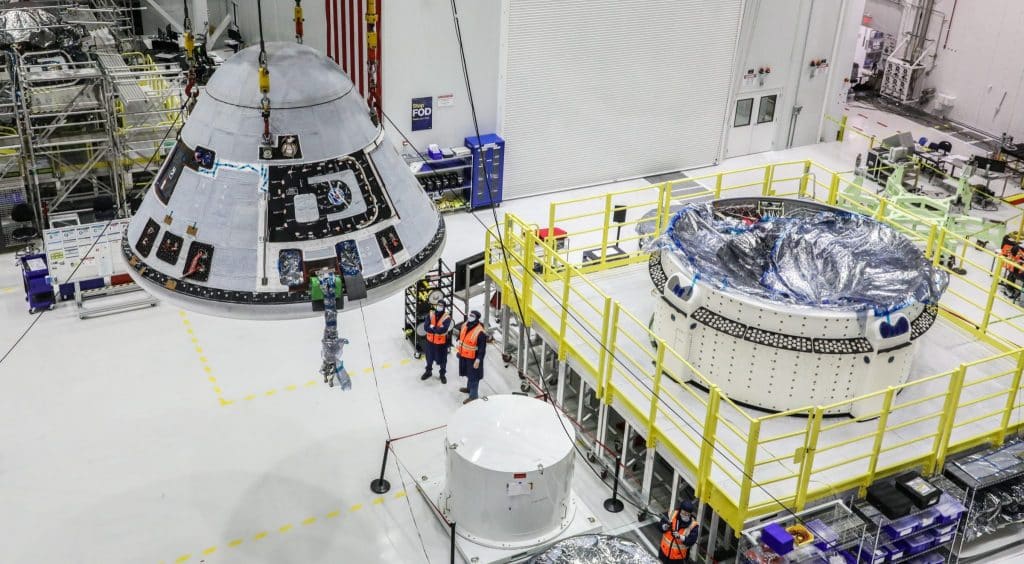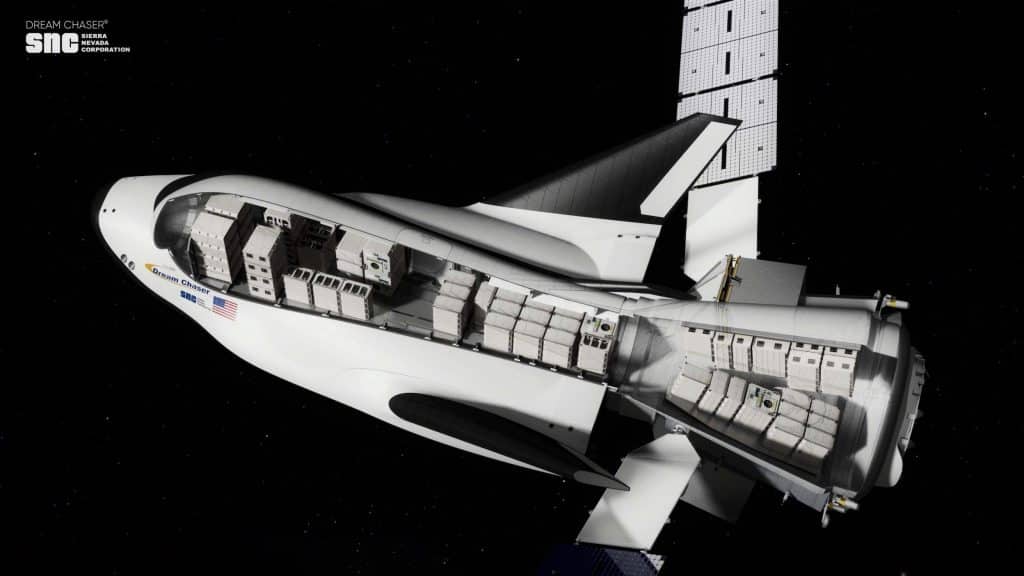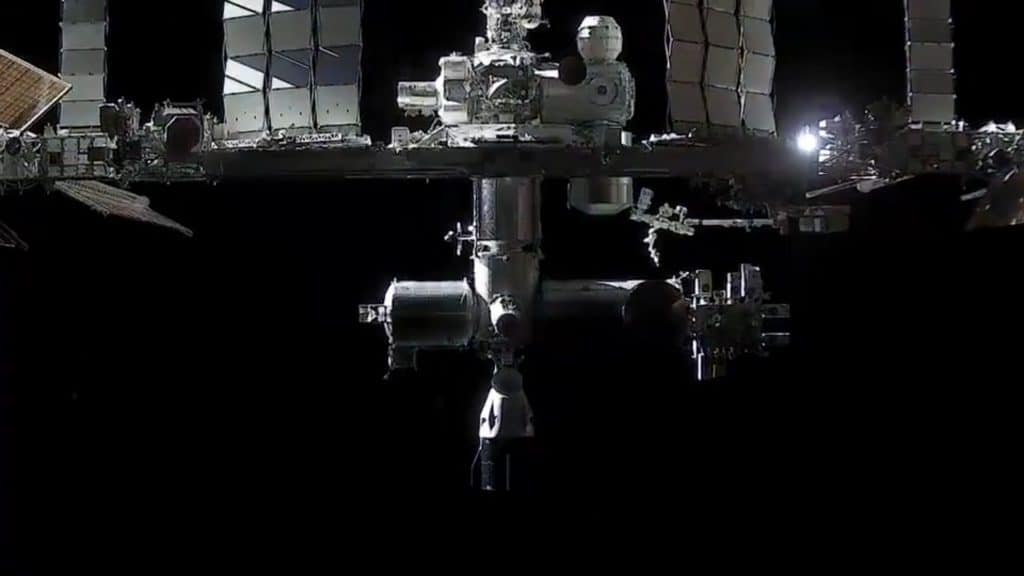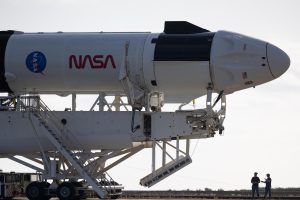To set the stage for another Dragon launch just a few weeks from now, NASA astronauts are preparing to board a SpaceX Crew Dragon for a brief flight around the International Space Station (ISS).
Orbiting roughly 400 km (250 mi) above the Earth’s surface, the ISS and its crew of seven international astronauts have just two docking ports available to manage a growing influx of SpaceX Crew and Cargo Dragon 2 spacecraft, as well as Boeing’s chronically delayed Starliner. While Starliner hasn’t flown since a near-catastrophic orbital debut in December 2019 and isn’t likely to reattempt that uncrewed flight test until the second half of 2021, SpaceX is in the exact opposite position as it prepares to sustain an unprecedented Dragon launch cadence.
One challenge of that cadence ramp – space station port logistics and availability – is now becoming clear as SpaceX nears its next Crew Dragon NASA astronaut launch.

All launched on SpaceX Cargo Dragons, including a third destroyed during Falcon 9’s CRS-7 launch failure, the International Space Station has just two perpendicular International Docking Adapter (IDA) ports – one facing space and the other facing Earth. Regardless of CRS-7’s lost port, that IDA duo was always NASA’s plan.
The ISS requires the use of a huge, robotic arm (Canadarm2) to unload unpressurized cargo from spacecraft and that arm doesn’t have the mobility to access vehicles docked to the Earth-facing IDA port, meaning that cargo spacecraft with IDA ports can really only dock on the space-facing port. Cargo Dragon 2’s use of IDA docking and the Cygnus spacecraft’s use of berthing thankfully mean that neither NASA Commercial Resupply Services 2 (CRS2) vehicle is at risk of a traffic jam.


Sierra Nevada Corporation (SNC) is set to debut the cargo variant of its Dream Chaser spaceplane as early as 2022 for annual launches and will need to share that same lone IDA port with Cargo Dragon for its (approximately) annual resupply missions. More importantly, though, Crew Dragon and Boeing’s Starliner both require the use of one of those two IDA ports to deliver astronauts to and from the ISS. Both spacecraft are also expected to leave with the same crew that launched on them, meaning that both will spend a fully six or so months in orbit on each crew rotation mission.
In general, NASA also plans to overlap all Commercial Crew Program (CCP) astronaut launches, meaning that Crew Dragon will wait for Starliner to arrive (and vice versa) before departing the ISS with its four-astronaut crew. Those use-cases and safety requirements combine to create strict, complex scheduling challenges that mean a Cargo Dragon or Dream Chaser can never be docked to the ISS during a crew handover, while also adding significant constraints to any planned private astronaut (tourist) missions to the station – of which SpaceX already has at least one.


In the meantime, though Boeing’s Starliner is now at least 18 months behind SpaceX’s Crew Dragon on the path to launching NASA astronauts to and from the ISS, SpaceX is picking up the slack to the extent that station ‘traffic’ conditions are practically unaffected. Whereas NASA’s nominal plan was to alternate between its two redundant Commercial Crew providers before Boeing ran into huge delays, SpaceX is on track to launch Crew Dragon’s Crew-2 astronaut ferry mission as early as April 22nd.
The flight-proven Demo-2 Dragon will then rendezvous with the ISS while Crew-1’s Dragon and four astronauts are still aboard the station. Crew-1 and Crew-2 will spend about a week together before the former group boards their Dragon and heads for home. As few as six or so weeks later, SpaceX could launch its second Cargo Dragon 2 resupply mission, known as CRS-22. – This morning’s “port relocation,” which will see the Crew-1 Dragon will ‘relocate’ from the station’s Earth-facing IDA to its space-facing port, is thus necessary to free up that port for Cargo Dragon’s arrival when Crew-1 departs.
Barring major delays, SpaceX is currently on track to complete another two Crew and Cargo Dragon launches in 2-3 months, marking four Dragon missions in seven months if all goes to plan. Another three Dragon missions are firmly scheduled in 2021, potentially making for seven Dragon launches in 11-12 months if schedules hold. SpaceX’s current record – technically achieved twice in 2018 and 2019 – is five orbital Dragon missions in 12 months.
Tune in below around 6am EDT (UTC-4) to catch Crew Dragon C207’s brief 46-minute jaunt around the International Space Station (ISS) – a first for an American crewed spacecraft of any kind.





